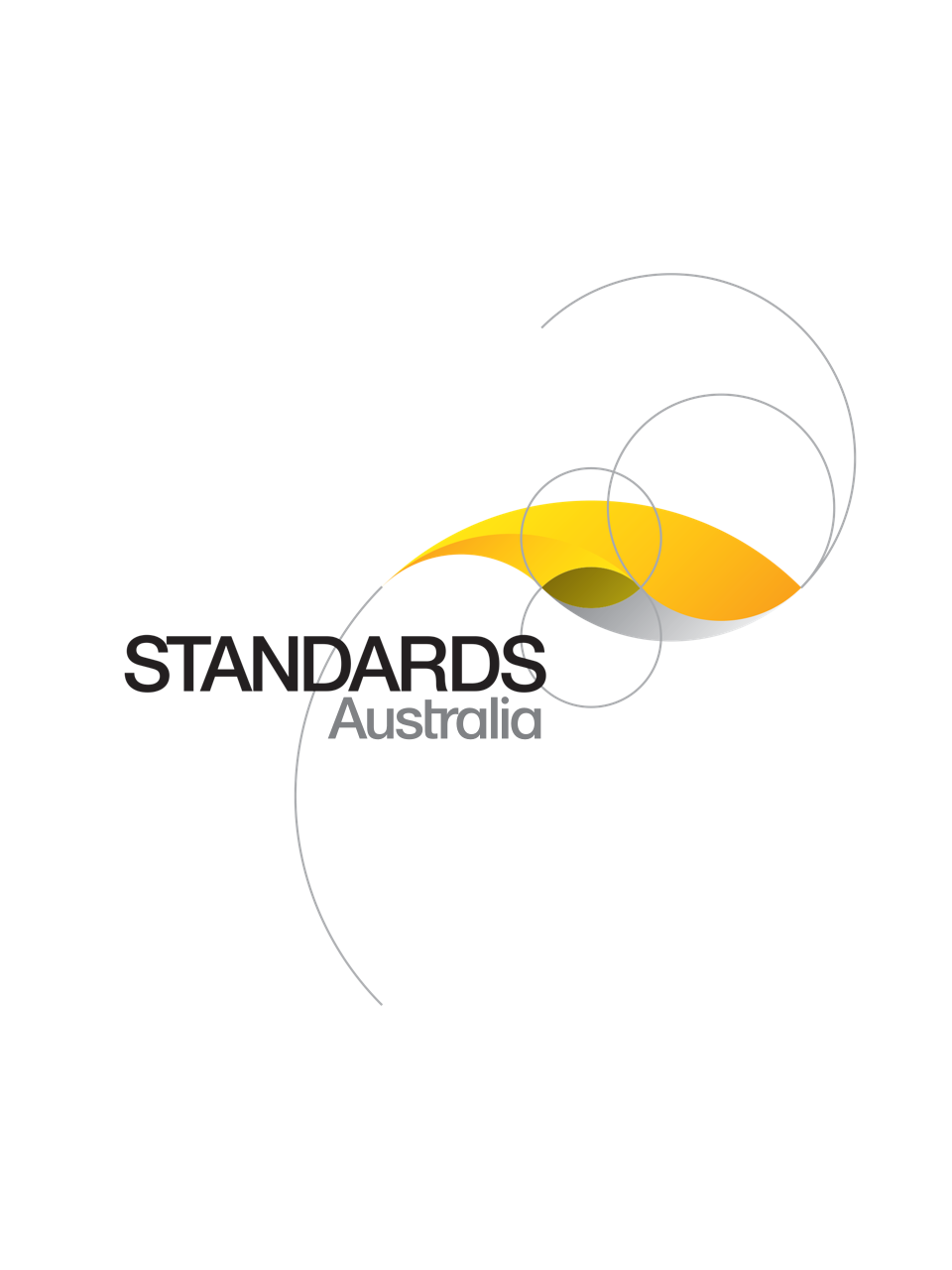Standard
UPDATE AVAILABLE
AS 13611:2019
[Superseded]Adopts with national modifications ISO 13611:2014 to provide guidance on community interpreting involving spoken or signed language. Community interpreting enables people who do not have a common preferred language to communicate with each other. It is provided for people with limited proficiency in English who need to communicate with others, as well as for people with proficiency in English who need to communicate with people with limited proficiency in English.
Published: 16/04/2019
Pages: 28
Table of contents
Cited references
Content history
Table of contents
Header
About this publication
Preface
Introduction
1 Scope
2 Terms and definitions
2.1 Concepts related to interpreting activities
2.2 Concepts related to interpreted communicative events
2.3 Concepts related to people or organizations involved in interpreting
2.4 Concepts related to language, language content, and language competences
2.5 Concepts related to translation as differentiated from interpreting
3 Basic principles of community interpreting
3.1 Nature of community interpreting
3.2 The work of community interpreters
3.3 End users of community interpreting services
3.4 Interpreting service providers (ISPs)
3.5 Code of Ethics and Standards of Practice
4 Community interpreter's competences and qualifications
4.1 General
4.2 Competences
4.2.1 Competences related to interpreting
4.2.2 Linguistic ability
4.2.3 Technical skills
4.3 Research skills
4.4 Interpersonal skills
4.5 Evidence of qualifications
5 Recommendations for clients and end users
6 Responsibilities of interpreting service providers (ISPs)
6.1 Role of ISPs
6.2 ISPs' responsibilities to the client
6.3 ISPs’ responsibilities to community interpreters
7 Role and responsibilities of community interpreters
7.1 Role of the community interpreter
7.2 Responsibilities of the community interpreter to the ISP
Annex A
Annex B
Bibliography
Appendix ZZ
ZZ1 Scope
ZZ2 Variations
Appendix ZA
ZA1 Prior to the interpreted communicative event/assignment
ZA2 During the interpreted communicative event/assignment
ZA3 During the course of the interpreted communicative event
ZA4 After the interpreted communicative event/assignment
Cited references in this standard
